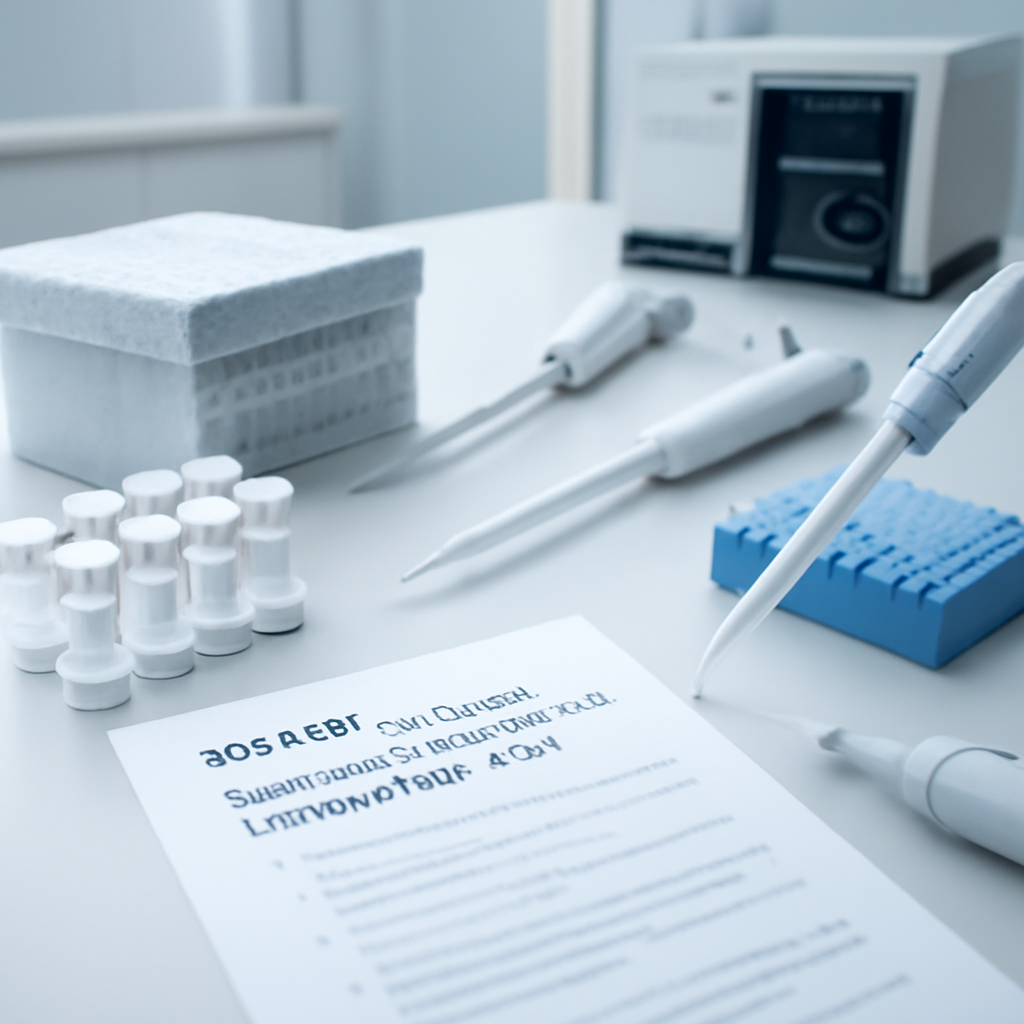Optimizing Storage Conditions for Laboratory Use
Proper storage and handling of peptides such as BPC-157 are crucial to maintain their stability and efficacy during research. Researchers should pay close attention to temperature, solvent compatibility, and shelf life. Typically, peptides are stored at low temperatures, often between -20°C and -80°C, to prevent degradation. Light-sensitive peptides require protective storage in amber vials or opaque containers. Maintaining a consistent environment minimizes the risk of hydrolysis or oxidation, which can alter molecular integrity and experimental outcomes.
Peptide Background and Scientific Properties
BPC-157, also known as Body Protection Compound-157, is a synthetic peptide derived from a sequence found in human gastric juice. It exhibits notable tissue-protective and regenerative properties in preclinical studies, particularly in models of gastrointestinal and musculoskeletal injuries. Its molecular structure allows it to interact with multiple cellular pathways, promoting healing without direct receptor binding. Understanding these properties informs its use in experimental protocols and elucidates its mechanisms of action at the cellular level.
Mechanisms of Action
Cellular Pathways Affected
BPC-157 influences several molecular pathways involved in tissue repair, angiogenesis, and inflammation modulation. It has been shown to upregulate growth factors such as VEGF (vascular endothelial growth factor) and FGF (fibroblast growth factor), promoting new blood vessel formation. Additionally, it modulates the nitric oxide (NO) pathway, which plays a vital role in vasodilation and tissue perfusion. These effects collectively enhance the healing environment in damaged tissues.
Receptor Interactions
While BPC-157 does not bind to classical receptor sites, it appears to exert its effects through indirect modulation of receptor-mediated pathways, including those associated with growth factors and cytokines. This indirect interaction facilitates cellular migration, proliferation, and matrix deposition essential for tissue regeneration. Ongoing research aims to clarify its precise molecular targets and pathways, underpinning its potential in regenerative medicine research.
Research Use and Experimental Protocols
In preclinical studies, BPC-157 is typically administered via injection or as a dissolved solution in suitable solvents like sterile water or saline. Dosing varies depending on the model, ranging from microgram to milligram levels per kilogram of body weight. Researchers often adopt subcutaneous or intraperitoneal delivery to ensure systemic distribution. Experimental outcomes focus on tissue healing rates, histological analysis, and biomarker expression, providing insights into its regenerative potential.
Comparison with Other Research Peptides
Compared to peptides like CJC-1295 or Tesamorelin, BPC-157 is distinguished by its specific tissue-protective effects rather than endocrine hormone modulation. While CJC-1295 and Tesamorelin primarily stimulate growth hormone release, BPC-157 focuses on promoting local tissue repair and angiogenesis. Understanding these differences helps researchers select appropriate peptides for targeted investigations in regenerative models.
Storage, Stability, and Handling
For laboratory purposes, BPC-157 is most stable when stored at ultra-low temperatures, typically at -20°C or colder, in aliquots to avoid repeated freeze-thaw cycles. It should be kept in a dry, dark environment to prevent hydrolysis and photodegradation. When preparing solutions, sterile water or buffered saline are commonly used as solvents, ensuring compatibility and maintaining peptide integrity. Proper labeling and documentation of storage conditions are essential for reproducibility and data integrity.
Conclusion
Effective storage and handling are vital for maximizing the utility of peptides like BPC-157 in research settings. Understanding their molecular properties and stability requirements enables scientists to design robust protocols, ensuring consistent and reliable experimental results. As research progresses, further insights into their mechanisms will continue to inform experimental applications and potential therapeutic avenues.
Disclaimer: This content is for educational and research purposes only. None of the peptides mentioned are intended for human use.


